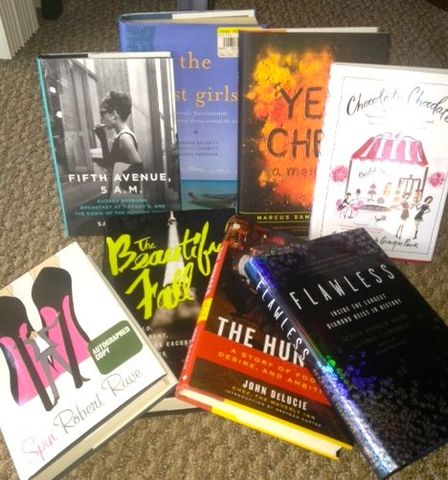Despite the adage, "Never judge a book by its cover," many consumers do just that. The artistic packaging in which things come not only powerfully affect what interests us but also how we react to the contents we find inside.
The cover page for an appellate brief or legal memorandum is no different. Judges consistently prejudge the value of briefs by their outward appearance. Those men and women commonly referred to as "Your Honor" notice bad covers immediately, and they will assume that if you do not care about presenting a party's name, the court's title, or index number correctly, you probably will not care about getting the law right. Therefore it is tantamount attorneys consult court rules and journal guidelines for prescriptions on how to appropriately format covers.
The guidelines that promote conciseness for legal covers have not changed over the years, but perhaps staticity is not advisable anymore. Inventive legal covers do not get the priority they deserve even though they are the first thing a judge looks at before delving into the substantive material.
While you can almost always do without visual elements, they add dimensions of enormous clarity to verbose legal prose. Remember, lawyers cannot take liberties with legal text. Legal writing implies an accuracy (and slight arrogance) that is wholly absent from other forms of literary construction.
In New York, the Appellate Division, Fourth Department, takes the most avant-garde position I have seen when it comes to legal covers. Pursuant to 22 NYCRR 1000.4 (f)(5), the cover of a brief shall be: blue for an appellant's or petitioner's brief; red for a respondent's brief; gray for a reply brief; and yellow for a surreply brief.
Generally speaking, style manuals for legal writing are restrictive and produce bland, boring, and shapeless covers. My public relations career has opened my azure eyes to the fact that design matters in presenting talking points, pitches, websites, and -- dare I say it -- contracts which contain legal obligations.
Fortune 500 companies wrap paramount Form 10-K reports and press releases in smartly designed packaging with unique fonts, pictures, and tables. The cover art for business models and patent applications display organization, inventiveness, and an engaging rhythm. Medical journals too preface articles with colorful and compelling charts and graphs.
There is no question visual elements play an integral role in the law. Trial lawyers regularly select the drawings and diagrams that best illustrate the strengths of their case. Attorneys do this because it is well-documented people retain a small percentage of what they hear only or see only while most individuals remember what they see and hear together. The trial attorney who relies on language alone to convey an argument trivializes his or her case.
Before legal bloggers come after me with pitchforks, nay gavels, I would ask that they consider the idea lawyers maximize their persuasive influence by using right-brain visualization to complement left-brain logic and sequencing. No question the design on the cover page of a legal paper is an impactful and reflective tool in legal storytelling.
It is time to perform cover art triage on legal briefs. While I do not desire to see snowflake borders and scratch and sniff stickers on appellate briefs, softening the rules for legal covers can elevate, rather than repress, the critical writing that follows. What does not exist ab initio is lost forever.

